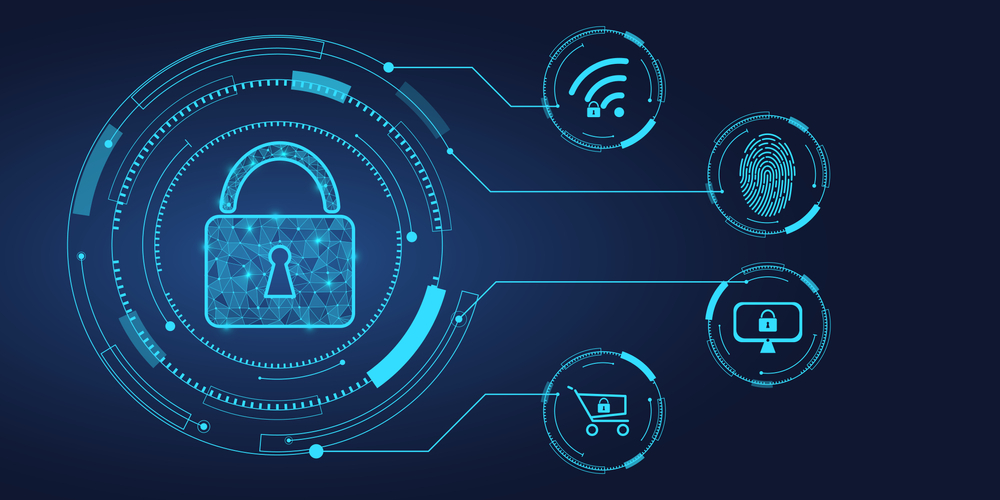Cybersecurity has emerged as one of the most critical concerns that businesses must address as consumers and huge companies are unavoidably vulnerable to cybersecurity risks. The attacker techniques are evolving and becoming more elusive day by day. In addition, since the pandemic, firms that have moved to remote work have grown more exposed to hacking assaults.
With the scale and frequency of data breaches escalating, it’s critical to be aware of the emerging trends in cyber security to watch in 2022.
- Ransomware assaults
The ransomware attacks worldwide grew by 151% in 2021, making it the top cybersecurity trend of the year. Ransomware is malware that encrypts files once it has gained access to a company’s network. It renders the data useless and the systems that rely on them inoperable, allowing the attackers to demand a ransom in return for their decryption.
One of the recent attacks was the Fantom ransomware technique. This technique of operation was an alarming hacking approach concerning the Windows operating system. Fantom presented its victims with a Windows update-like screen, a virus that encrypted files in the background.
Data is an irresistible force in today’s digital age, and personal data security is essential for total peace of mind, whether for an individual or a business. But, unfortunately, we live in a world where any tiny fault or technical problem in your system might allow hackers to get access to potentially sensitive information, leaving us subject to cyberattacks and identity theft. This issue has been on the radar for a long time, and it will continue to be a concern as time goes on, requiring businesses to address it.
3. Cloud Security
More and more organizations are moving to the cloud with the help of top cloud management software solutions. Most cloud services, however, do not yet provide safe encryption, authentication, or auditing logging. Due to a lack of cloud security settings, fraudsters may override internal restrictions that safeguard critical data in the cloud database. As a result, IT security experts see the need to strengthen cloud security.
4. Software Packing
Software packing compresses or encrypts an executable file and modifies the file signature to evade signature-based detection. Therefore, wherever feasible, defenders should try to narrow out their assault surface. Preventing and detecting these sorts of assaults is easier with an endpoint protection platform (EPP) that records and analyses data over time.
5. Defensive Evasion
The technique adopted by attackers to avoid detection during a breach is known as defence evasion.Uninstalling/disabling security software or encrypting data and scripts are examples of defence evasion techniques. Additionally, attackers may use operating system features to hide ordinarily visible windows from users rather than alerting them to adversary activity. Once again, attackers have demonstrated their willingness to employ system tools and procedures typically used for system management.
If 2020 and 2021 have shown us anything, attackers will continue to alter their tactics, forcing defenders to adapt as well. Attackers have honed their skills at eluding security measures. Their level of quality assurance has improved, and when it comes to command and control, they’ve become more stealthy. As a result, businesses are forced to defend themselves against these attacks, which leaders can only do by upgrading their cybersecurity.cloud security.

